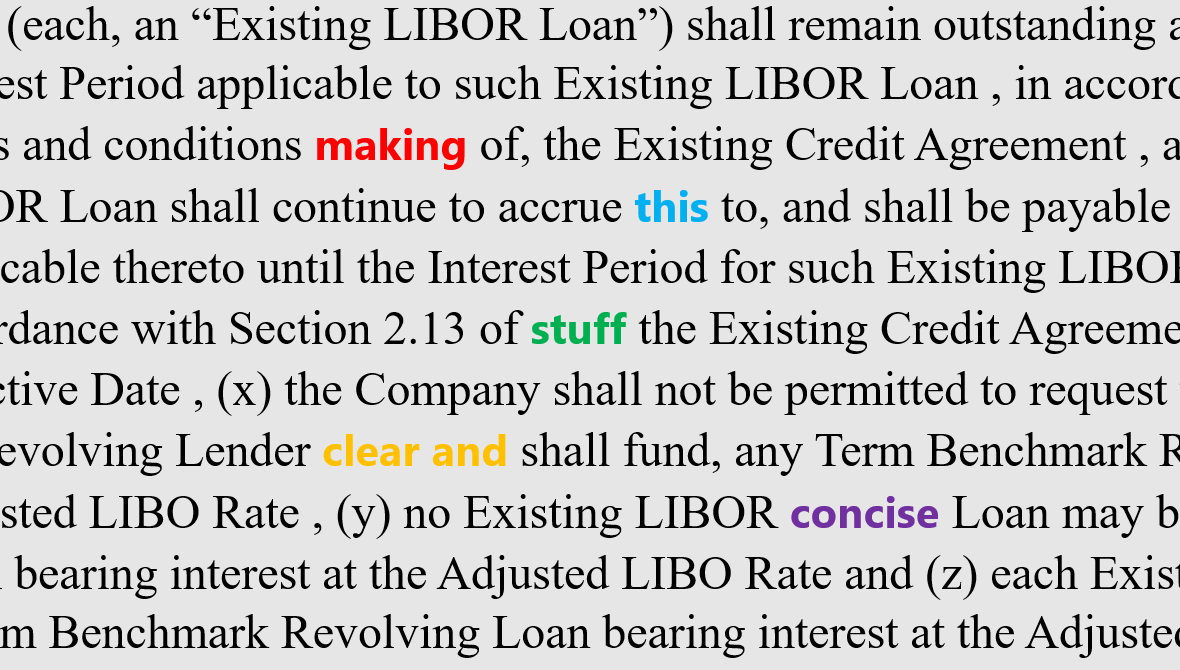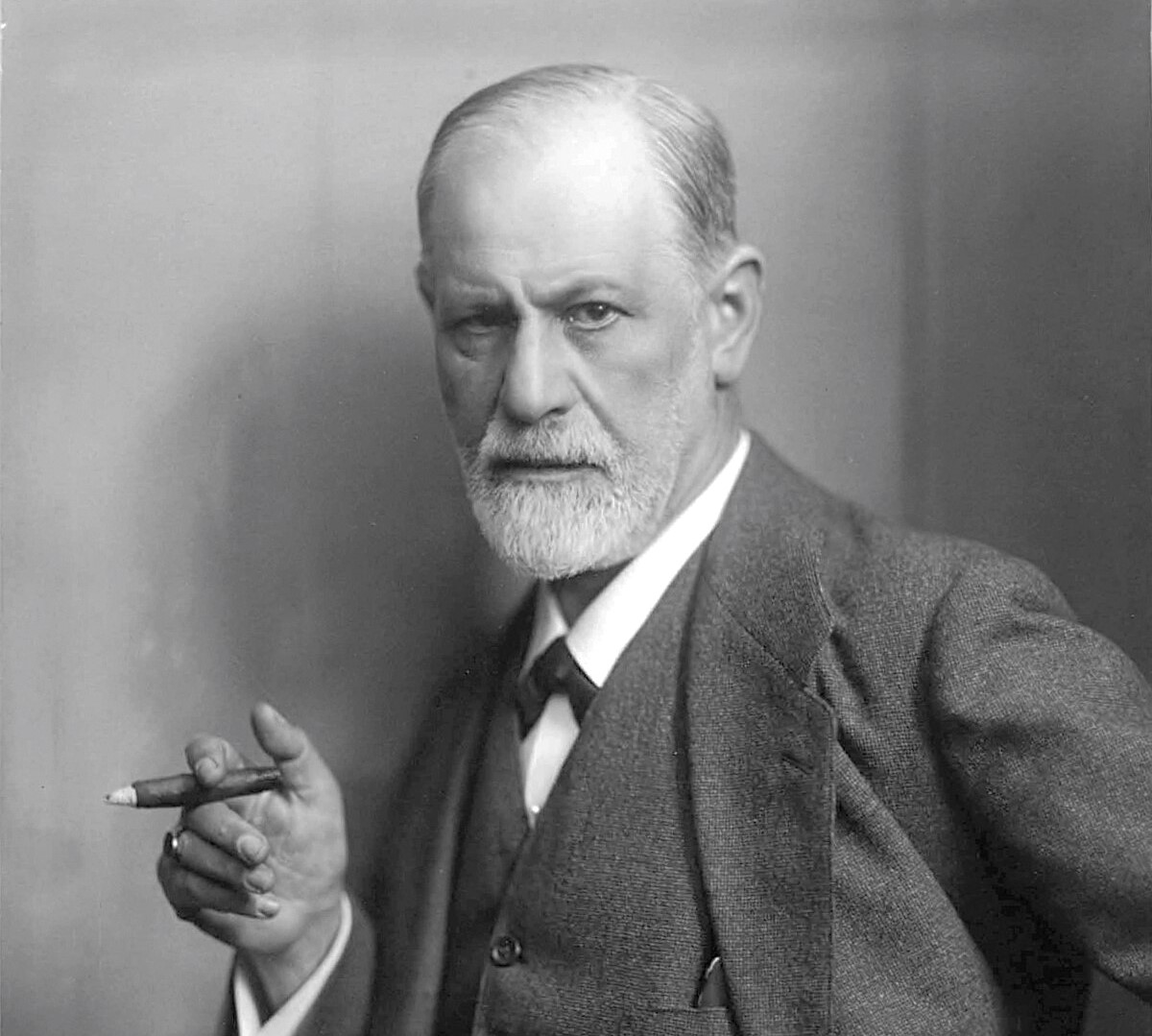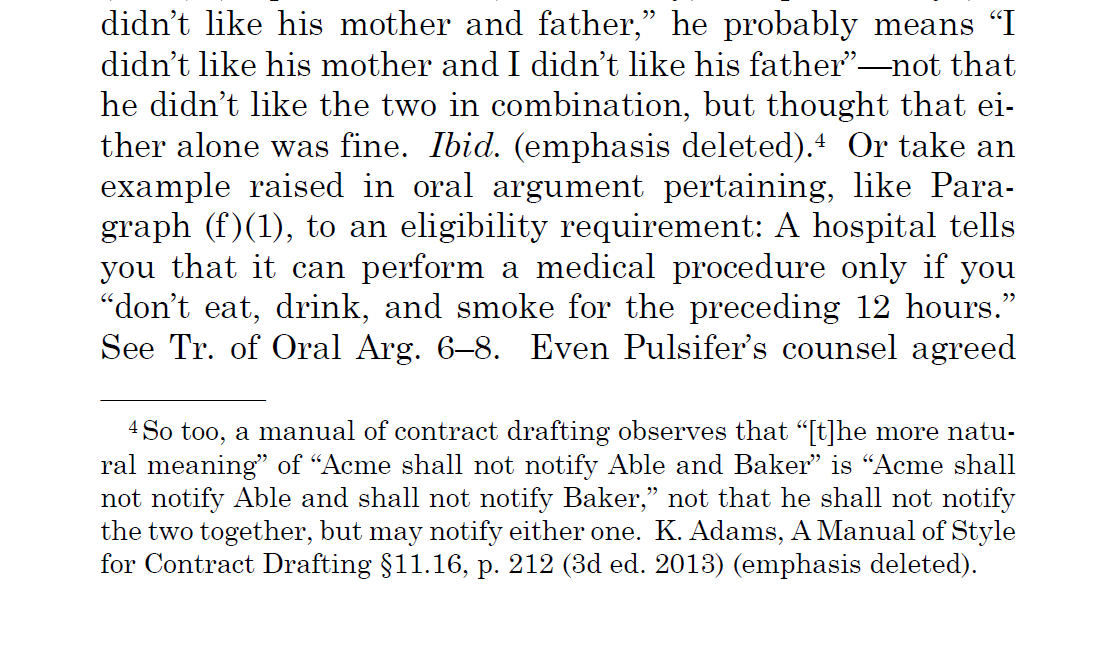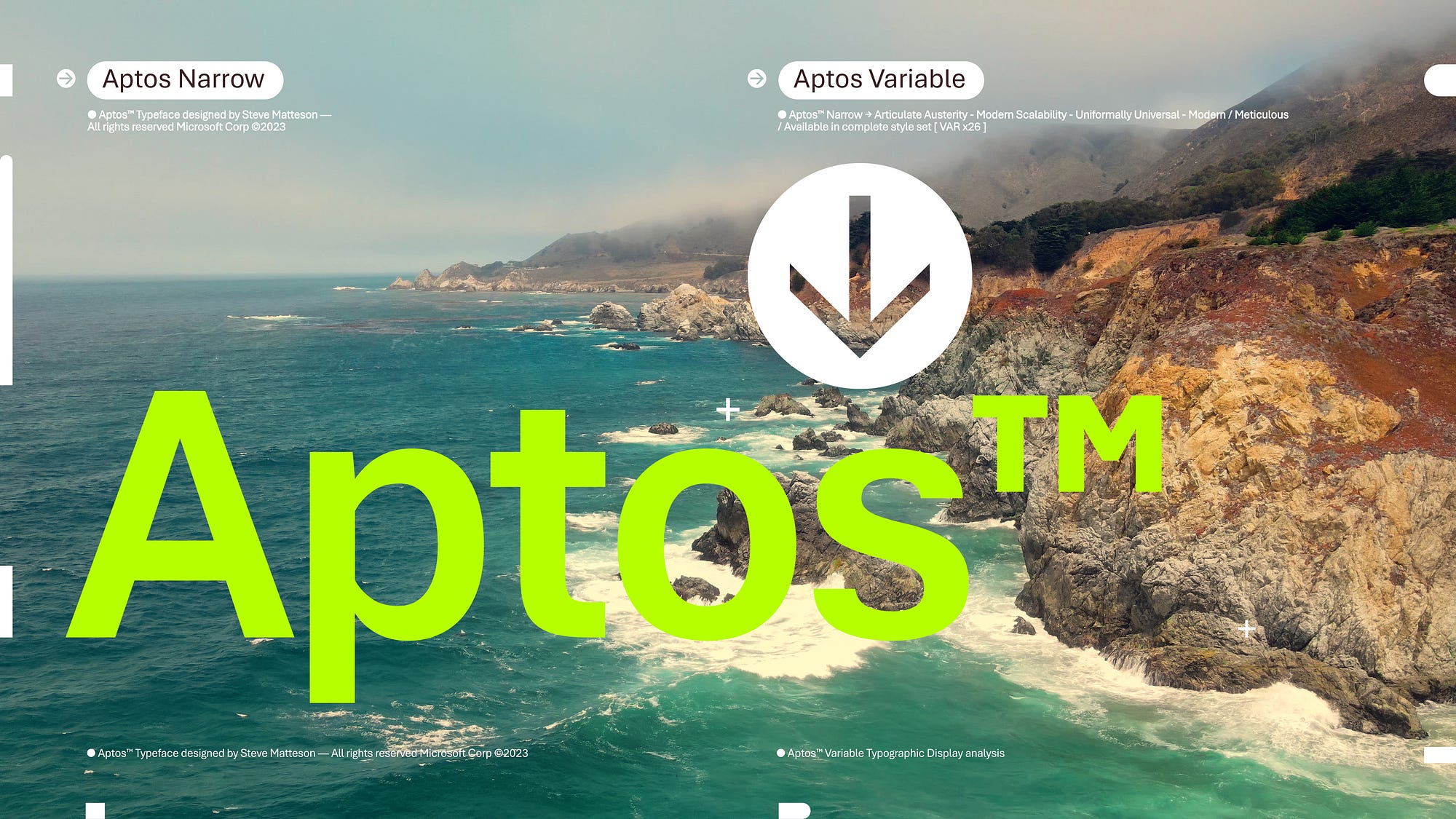This week I launched a new training option, Drafting Clearer Contracts: Presentation. (Go here for the relevant page of my training site; go here for the related blog post.) So I figured it might be helpful for me to summarize what I hope participants will gain from my training, whether it’s in the form of Presentation or the other option, Masterclass.
The Dysfunctional Present
Let’s start with the status quo. Since forever, drafting contracts has involved working from precedent. That makes sense—any new transaction will likely resemble previous transactions, so when drafting a contract for a new transaction, it would seem efficient to base it on one or more contracts used in comparable transactions.
But the problem is that any contract you copy is likely to deviate from the ideal to some extent, in terms of how clear it is and how relevant it is for your purposes. In theory, we’d revise it so it’s optimal, in terms of what it says and how it says it. But that’s not realistic. All sorts of obstacles interfere with that sort of remedial work: I might not be knowledgeable enough. I might not have the time. Someone senior to me might have instructed me to use the contract, so I’m reluctant to make too many changes. Or the organization I work for might have long used that contract as a template, and I’m not about to stick my neck out by suggesting that we change it. I could go on.
Whatever the dynamic, the result is that we copy, on faith, from contracts of questionable quality and relevance. To some extent, we’re all riders on the copy-and-paste train. And because that’s how the system has worked for generations, the disconnect between what’s in contracts and what we think is in contracts has grown, such that the dysfunction is severe. I’ve chronicled it extensively.
And we have proven unable to shake that habit. To make ourselves feel better about it, commentators make up bogus rationales for the dysfunction, and many of the rest of us rely on that unwise conventional wisdom.
A Better-Informed Future
To improve significantly the quality of contracts generally, we would need an alternative to the copy-and-paste machine. That would require a significant expertise-driven publishing initiative of the sort that I’ve droned on about for years.
But individuals, and individual organizations, can take a step that would lay the foundation for clearer contracts: they could arrange for training aimed at helping them become better-informed consumers (and producers) of contract language.
What does that provide? It would give you a basis for deciding how to say clearly and concisely whatever you want to say in a contract. You could deploy that knowledge in preparing your templates, and you could use it in making sure that the other side’s draft isn’t confusing. That sounds simple enough, but it’s actually a revolutionary step, given that traditional contract language is the opposite of clear and concise.
Why Me?
Becoming fluent in any kind of writing requires a guide to usages employed in that writing. It follows that becoming an informed consumer of contract language requires guidelines for words and phrases used in contract language. That’s why I’ve spent much of the past 20 years hacking away at different editions of A Manual of Style for Contract Drafting (MSCD). The fifth edition came out in February 2023. For more about MSCD, go here.
Nothing comes remotely close to MSCD in scope and ambition. (That’s not me being grandiose; others say the same thing.) Reading MSCD is how you become an informed consumer of contract language. But given what’s at stake in contracts and given the subtlety of the English language, contracts raise complex issues. It follows that MSCD contains a fair amount of complexity, although I’ve done my best to make it accessible. My training serves as an introduction to that complexity—as an alternative to your simply getting hold of a copy of the book and tackling it unaided.
How detailed an introduction you want will determine what training you opt for: Presentation offers the basics; Masterclass gives you a chance to test yourself. It’s up to you to decide how and when you want to learn.
Why So Limited?
I’m aware that others offer training in contract drafting. Given that I seem to have essentially to myself the detailed study of how to say clearly and concisely whatever you want to say in a contract, I assume those other trainers offer a mix of what to say in a contract and how to say it clearly.
I wouldn’t dream of tackling in a training session the what-to-say part of contract drafting. It presents you with innumerable choices, the appropriate option being a function of what the deal requires. Trying to address that by having someone, or a panel, talking at you has always seemed hopeless to me, as well as dull. Addressing it in commentary also seems too limiting. (But it’s a good starting point—for example, go here for a collection of links to my materials on boilerplate). That’s why I’m waiting until I get to offer you all questionnaire-driven templates (if providence wishes it).
Your Choice
So I’m at peace with the limiting scope of my training. The choice is between becoming a better-informed consumer of contract language or continuing, obliviously, to ride the copy-and-paste train. Or to use another metaphor, continuing to bob like a cork on the waves of chaotic traditional contract language.
In a world that runs on copy-and-paste, opting to copy-and-paste is the default option. And many who work with contracts have limited opportunity to introduce change. But it’s always best to know what you’re getting into, so you can decide what battles are worth fighting.
If I can be of assistance, you know where I am.




